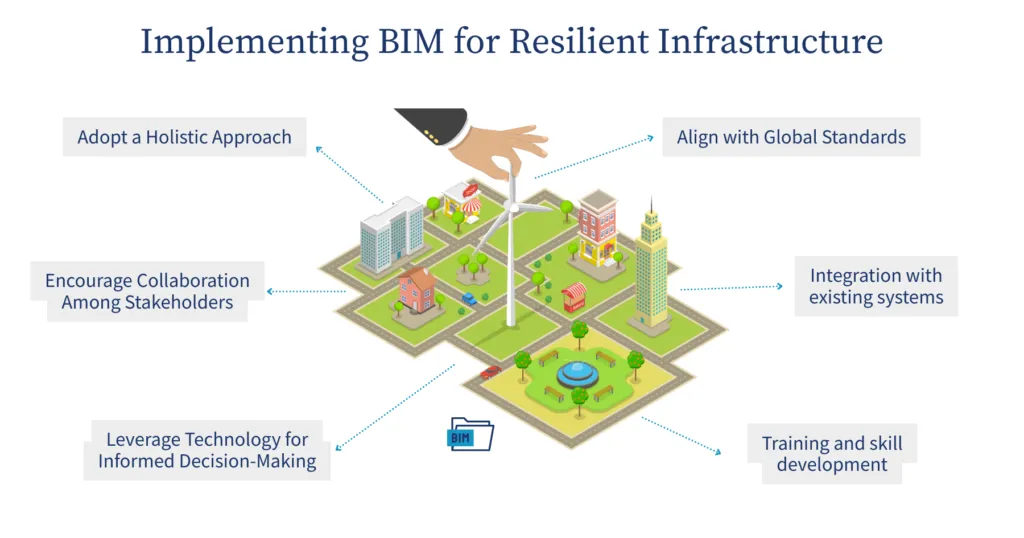In the heart of Baghdad, a monumental project is not only reshaping the city’s skyline but also redefining the standards of sustainability in administrative buildings. The new Central Bank of Iraq, designed by the late architect Zaha Hadid, is at the center of a groundbreaking study that explores how Building Information Modeling (BIM) can significantly enhance both environmental and economic sustainability. The research, led by Ali Q. F. Al-Jumaily from the Department of Architecture Engineering at the University of Baghdad, sheds light on the transformative potential of BIM in the construction industry, particularly in developing countries like Iraq.
Al-Jumaily’s study, published in the Journal of Engineering (مجلة الهندسة), delves into the multifaceted role of BIM in reducing emissions, improving resource efficiency, and optimizing financial and time management. “BIM is not just a tool; it’s a paradigm shift in how we approach construction projects,” Al-Jumaily explains. “It allows us to simulate and analyze various scenarios before breaking ground, leading to more informed decisions that benefit both the environment and the economy.”
The Central Bank of Iraq project serves as a compelling case study, demonstrating how BIM can be leveraged to achieve long-term environmental and economic resilience. By utilizing BIM, the project team was able to reduce costs, minimize the carbon footprint, and lower energy consumption. These achievements are particularly significant in the context of Iraq, where financial constraints and environmental challenges are prevalent.
One of the most striking findings of the study is the potential for BIM to enhance the performance of administrative buildings. “Administrative buildings are often overlooked in sustainability discussions, but they consume a significant amount of energy and resources,” Al-Jumaily notes. “By applying BIM, we can make these buildings more efficient and sustainable, setting a new standard for the future.”
The research also addresses the challenges and opportunities associated with BIM adoption in Iraq. While there are hurdles to overcome, such as the need for training and infrastructure development, the potential benefits are substantial. Al-Jumaily’s study provides a roadmap for the comprehensive adoption of BIM, emphasizing its importance in administrative building projects.
The implications of this research extend far beyond Iraq. As the global construction industry grapples with environmental and economic challenges, BIM emerges as a powerful tool for achieving sustainability. The study’s findings suggest that BIM can play a pivotal role in shaping the future of construction, particularly in the energy sector. By enhancing resource efficiency and reducing emissions, BIM can contribute to a more sustainable and economically viable future.
Al-Jumaily’s work serves as a call to action for architects, engineers, and policymakers to embrace BIM and harness its potential. “The time for change is now,” he asserts. “With BIM, we have the opportunity to build a better, more sustainable future for all.”
As the Central Bank of Iraq project takes shape, it stands as a testament to the power of BIM in driving sustainability. The study’s insights offer valuable lessons for the industry, highlighting the need for continued innovation and collaboration. With BIM at the forefront, the construction industry can make significant strides towards a more sustainable and economically resilient future.

